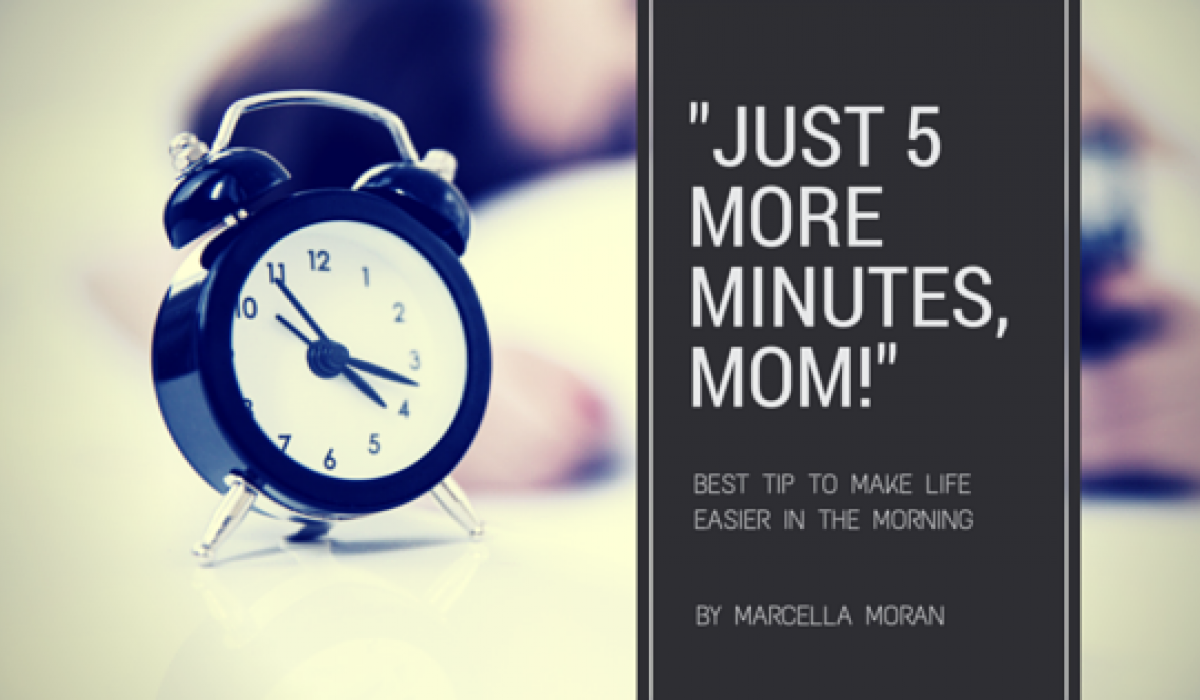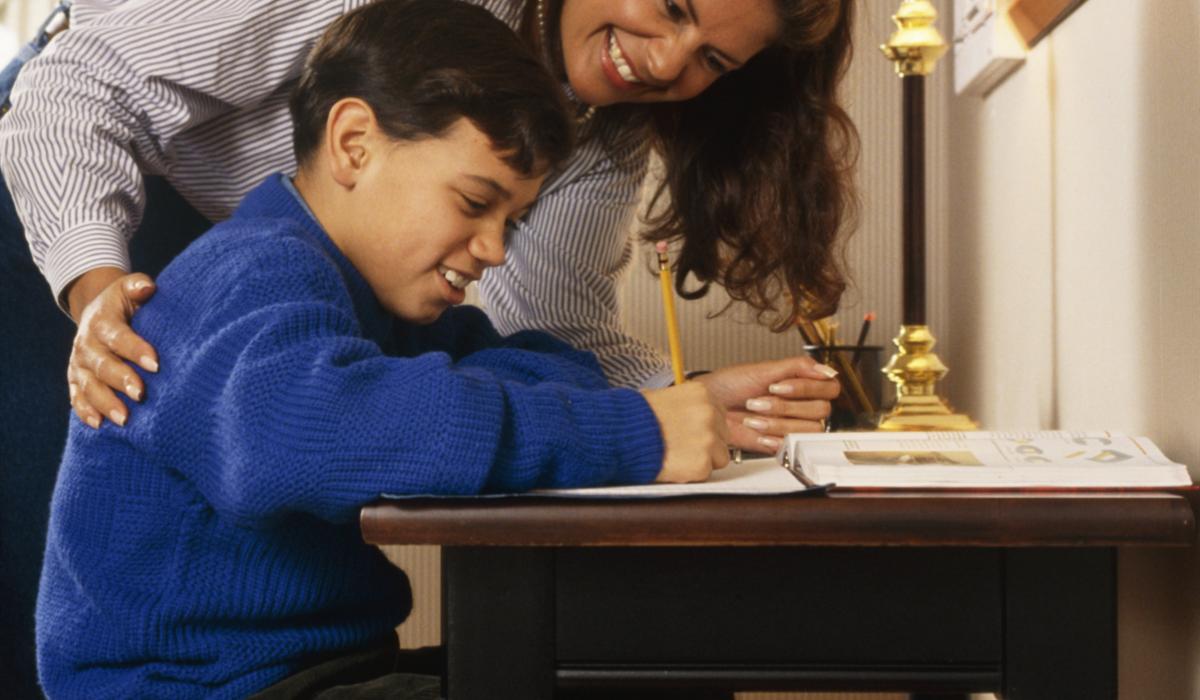Welcome, Jessica Hawkins to The Kid Organizer!!! We are so lucky to have Jessica join us at TKO. She brings a wealth of knowledge and valuable experience from her work as the Associate Director of The Office of Disability Services at a major University. Here are some wise tips Jessica is sharing with our parents of High School Graduating Students:
I can still remember the anxiety and excitement of heading off to college for the first time; I was totally ready to be an adult. I was going to love it, and do so well in school, and be completely independent in choosing the course of my life (except for having my own money, of course)! Needless to say, after being thrown into the “real” world with responsibilities I never had before, I realized that being an active adult was harder than it seemed. I lacked organizational and time management skills, and did not know where to turn! Why didn’t they teach me this in high school!? Feeling defeated and overwhelmed, I ended up not doing very well my freshman year and moved back home.
It was not until my mid-twenties that I was ready to try school again, but this time, I really thrived. I am now an LMSW and the Associate Director of Disability Services at a major University. For the past 4 years, I have been working with college students, and have seen and felt some of the struggles that come along with going off to college for the first time, becoming an independent adult, and staying on track through graduation. It is a major transition in a young person’s life, and having someone trustworthy to help guide them through these hardships is my main goal!
There are so many things that impact a college student’s level of success, below are just a few:
–Expectations. What are your high school senior’s expectations for college, and are they a reality?
–Responsibility. As a college student, your young adult is now in charge of him/herself. They must get to class on time, finish their homework, do laundry and remember to EAT all on their own!
–Study skills. Everyone learns differently, so your young adult has to figure out their own way of absorbing the information they must learn for their classes. This in itself is a learned skill that many students do not fully discover until they are well into their college tenure.
–Time management. How to properly manage the free time they have to get their work done, but also be able to have a social life. (Which of course, we all know, is the most important part of college.)
–Organizational skills. Every Professor/class has a different set of classwork/homework that must be completed on time in order to pass the class. Having at least 4 (most of the time 5) classes all with different work and expectations requires organization, the ability to look at the bigger picture, and be able to break things down in order to get everything completed on time.
–Seeking assistance when needed. This is crucial. There are support services all over college campuses now. They want to see students succeed, and are happy to help them, as long as the student seeks them out!
–Social media. This plays a large role in a college student’s life and can impact their own feeling about their self-worth through the comparison of others. They just have to remember that people mainly post about good things that are happening or fun pictures, but it does not mean that everything is wonderful for everyone else. In fact, most students are struggling with the same issues every day.
Again, these are just some of the challenges facing college students today. With some help and encouragement, they can succeed!!!
- written by Jessica Hawkins, Team Member @ The Kid Organizer








